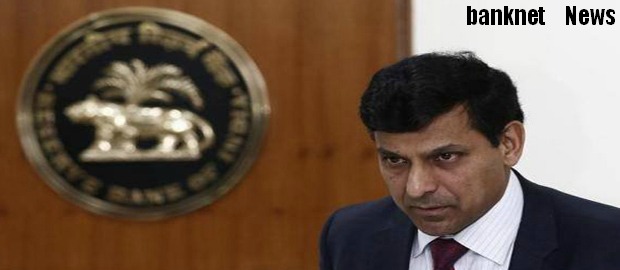

Sixth Bi-Monthly Monetary Policy Statement, 2014-15 By Dr. Raghuram G. Rajan, Governor, RBI - Feb 03, 2015 - Full Text
Policy Stance and Rationale
12. By and large, inflation dynamics have so far been consistent with the assessment of the balance of risks by the Reserve Bank’s bi-monthly monetary policy statements, although with some undershooting relative to the projected path of disinflation. While inflation declined faster than expected due to favourable base effects during June-November, the upturn in December turned out to be muted relative to projections. Augmenting these data with survey data on falling inflationary expectations as well as data on weak commodity prices and muted rural wage growth, the Reserve Bank projected that it would meet its objective of 6 per cent CPI inflation by January 2016. Having committed in public statements to initiate a change in the monetary policy stance as soon as incoming data permitted, the Reserve Bank cut the policy rate on January 15, 2015.
13. The Reserve Bank also indicated that “key to further easing are data that confirm continuing disinflationary pressures. Also critical would be sustained high quality fiscal consolidation…”. Given that there have been no substantial new developments on the disinflationary process or on the fiscal outlook since January 15, it is appropriate for the Reserve Bank to await them and maintain the current interest rate stance.
14. The upside risks to inflation stem from the unlikely possibility of significant fiscal slippage, uncertainty on the spatial and temporal distribution of the monsoon during 2015 as also the low probability but highly influential risks of reversal of international crude prices due to geo-political events. Heightened volatility in global financial markets, including through the exchange rate channel, also constitute a significant risk to the inflation assessment. Looking ahead, inflation is likely to be around the target level of 6 per cent by January 2016 (Chart 1). As regards the path of inflation in 2015-16, the Reserve Bank will keenly monitor the revision in the CPI, which will rebase the index to 2012 and incorporate a more representative consumption basket along with methodological improvements.
15. The outlook for growth has improved modestly on the back of disinflation, real income gains from decline in oil prices, easier financing conditions and some progress on stalled projects. These conditions should augur well for a reinvigoration of private consumption demand, but the overall impact on growth could be partly offset by the weaker global growth outlook and short-run fiscal drag due to likely compression in plan expenditure in order to meet consolidation targets set for the year. Accordingly, the baseline projection for growth using the old GDP base has been retained at 5.5 per cent for 2014-15. For 2015-16, projections are inherently contingent upon the outlook for the south-west monsoon and the balance of risks around the global outlook. Domestically, conditions for growth are slowly improving with easing input cost pressures, supportive monetary conditions and recent measures relating to project approvals, land acquisition, mining, and infrastructure. Accordingly, the central estimate for real GDP growth in 2015-16 is expected to rise to 6.5 per cent with risks broadly balanced at this point (Chart 2). The revised GDP statistics (base 2011-12) released on January 30 along with advance estimates for 2014-15 expected on February 9, 2015 will need to be carefully analysed and could result in revisions to the Reserve Bank’s growth projections for 2015-16.
16. With liquidity conditions remaining comfortable, the recourse to export credit has been low – less than 50 per cent of the limit on monthly average basis since October 2014. In pursuance of the Dr. Urjit R. Patel Committee’s recommendation to move away from sector-specific refinance, the ECR limit has been gradually lowered since June 2014. Continuing with this rationalisation, it has been decided to merge the facility with system level liquidity provision with effect from February 7, 2015. The Reserve Bank would continue to meet system wide liquidity needs as per the revised liquidity adjustment framework announced on August 22, 2014.
17. In order to create space for banks to expand credit, the SLR is being reduced from 22.0 per cent of NDTL to 21.5 per cent. Banks should use this headroom to increase their lending to productive sectors on competitive terms so as to support investment and growth.
Sixth Bi-Monthly Monetary Policy Statement - GO TO MAIN PAGE
Assessment of the Indian Economy ... Read more
Policy Stance and Rationale ... Read more
Financial Markets ... Read more
Restructuring... Read more
Banking and Financial Structure
RBI Monetary and Credit Policies (1999-2015) - Notifications, Press Releases, Reports - Click here

BANKING

FINANCE

INSURANCE

TECHNOLOGY

Foreign Exchange


